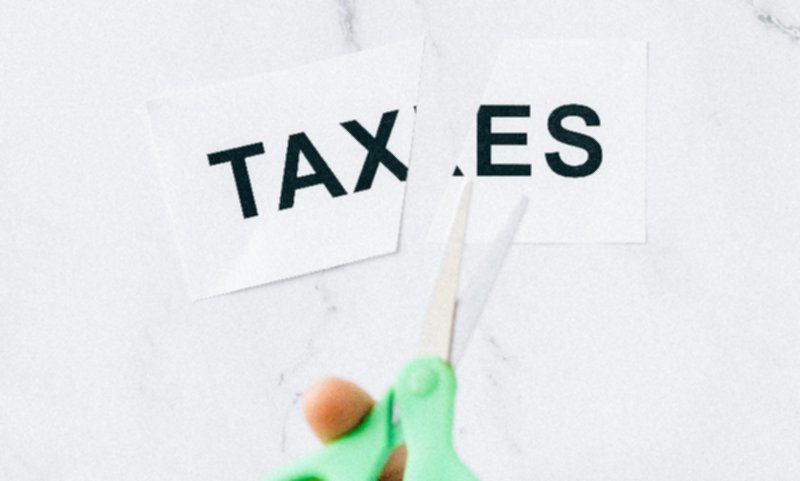Employment Allowance Explained: Eligibility, Claims & Maximum Savings
Complete Guide to Reducing Your Employer NICs Bill for UK Businesses
Over 1.2 million UK employers claimed Employment Allowance last year, saving an average of £2,000 each on their National Insurance bills. Yet 25% of eligible businesses still miss out on this valuable tax relief.
What is Employment Allowance?
Employment Allowance is a government scheme that allows eligible employers to reduce their annual National Insurance Contributions (NICs) bill by up to £5,000 each tax year (2024/25).
- It’s a deduction from your Class 1 employer NICs liability
- Available to businesses, charities, and community amateur sports clubs
- You must have employer NICs liability of at least £1 in the tax year
- The allowance must be claimed each year – it’s not automatic
Who Can Claim Employment Allowance?
Most businesses with employer NICs liabilities can claim, but there are important exceptions:
You CAN claim if:
– You’re a business or charity with employer NICs liabilities
– Your employer Class 1 NICs were under £100,000 in the previous tax year
– You don’t have any claims for connected companies that exceed the de minimis limit
You CANNOT claim if:
– You’re the director and the only employee paid above the Secondary Threshold
– You’re a public body or business doing more than half your work in the public sector
– You employ someone for personal, household or domestic work (like a nanny or gardener)
Special Cases:
- Startups: New businesses can claim from their first payroll
- Connected businesses: Only one company in a group can claim
- Charities: Special rules apply – most can claim regardless of public funding
Employment Allowance Amounts (2024/25)
| Tax Year | Maximum Allowance | De Minimis State Aid Limit | Eligibility Criteria | Comment |
|---|---|---|---|---|
| 2024/25 | £5,000 | £100,000 | Businesses with employer NICs below £100k previous year | Current rate |
| 2023/24 | £5,000 | £100,000 | Businesses with employer NICs below £100k previous year | Same as previous year |
| 2022/23 | £5,000 | £100,000 | Businesses with employer NICs below £100k previous year | Increased from £4,000 |
| 2021/22 | £4,000 | £100,000 | Businesses with employer NICs below £100k previous year | Restricted to smaller employers |
| 2020/21 | £4,000 | £100,000 | All businesses with employer NICs liability | COVID-19 support year |
How to Claim Employment Allowance
Step 1: Check Your Eligibility
- Confirm your business qualifies (see eligibility criteria above)
- Ensure your employer NICs liability will be at least £1 in the tax year
- Check no other connected business has already claimed
Step 2: Make the Claim
You can claim through your payroll software:
- Option 1: During your regular EPS (Employer Payment Summary) submission
- Option 2: By selecting ‘Yes’ in the Employment Allowance indicator field
- Option 3: If you’ve already submitted without claiming, you can amend your EPS
Step 3: Apply the Allowance
The allowance is applied automatically through your payroll software:
Example Calculation for 2024/25:
Total employer NICs liability: £8,500
Employment Allowance: £5,000
NICs payable after allowance: £3,500
Total savings: £5,000
Practical Examples
Sarah’s Design Studio Ltd
Employees: 3 full-time staff
Total annual salary bill: £95,000
Employer NICs liability: £9,200
Calculation:
Employment Allowance: £5,000
NICs after allowance: £9,200 – £5,000 = £4,200
Savings: £5,000 (54% reduction)
Jones & Sons Ltd
Employees: 1 director (£9,100 salary) + 2 part-time staff (£15,000)
Total salary: £24,100
Employer NICs liability: £1,250
Calculation:
Employment Allowance: £1,250 (full liability covered)
NICs after allowance: £0
Savings: £1,250 (100% reduction)
Note: The director’s salary is below Secondary Threshold, so no NICs due on it.
Common Mistakes to Avoid
| Mistake | Consequence | Solution |
|---|---|---|
| Forgetting to claim each year | Missing out on savings | Set annual reminder before April payroll |
| Multiple connected businesses claiming | HMRC penalties and recovery of funds | Only one company in group should claim |
| Incorrectly claiming when ineligible | Penalties and interest charges | Check eligibility criteria carefully |
| Not keeping proper records | Difficulty during HMRC enquiries | Keep EPS submissions for 6 years |
| Claiming when only director employed | Need to repay allowance with potential penalties | Ensure you have at least one non-director employee |
Special Considerations
De Minimis State Aid Rules
Employment Allowance counts as de minimis state aid. The total received from all state aid sources must not exceed €200,000 (approximately £180,000) over any 3 fiscal years.
Transferring Between Businesses
If you have multiple businesses, you can choose which one claims, but you cannot split the allowance between them.
What Happens If You Exceed the Allowance
Once your employer NICs liability exceeds £5,000, you’ll start paying NICs as normal on the excess amount.
Need Help With Employment Allowance?
Our payroll specialists can help you determine eligibility, make correct claims, and maximize your NICs savings.
Get Payroll Tax Advice


